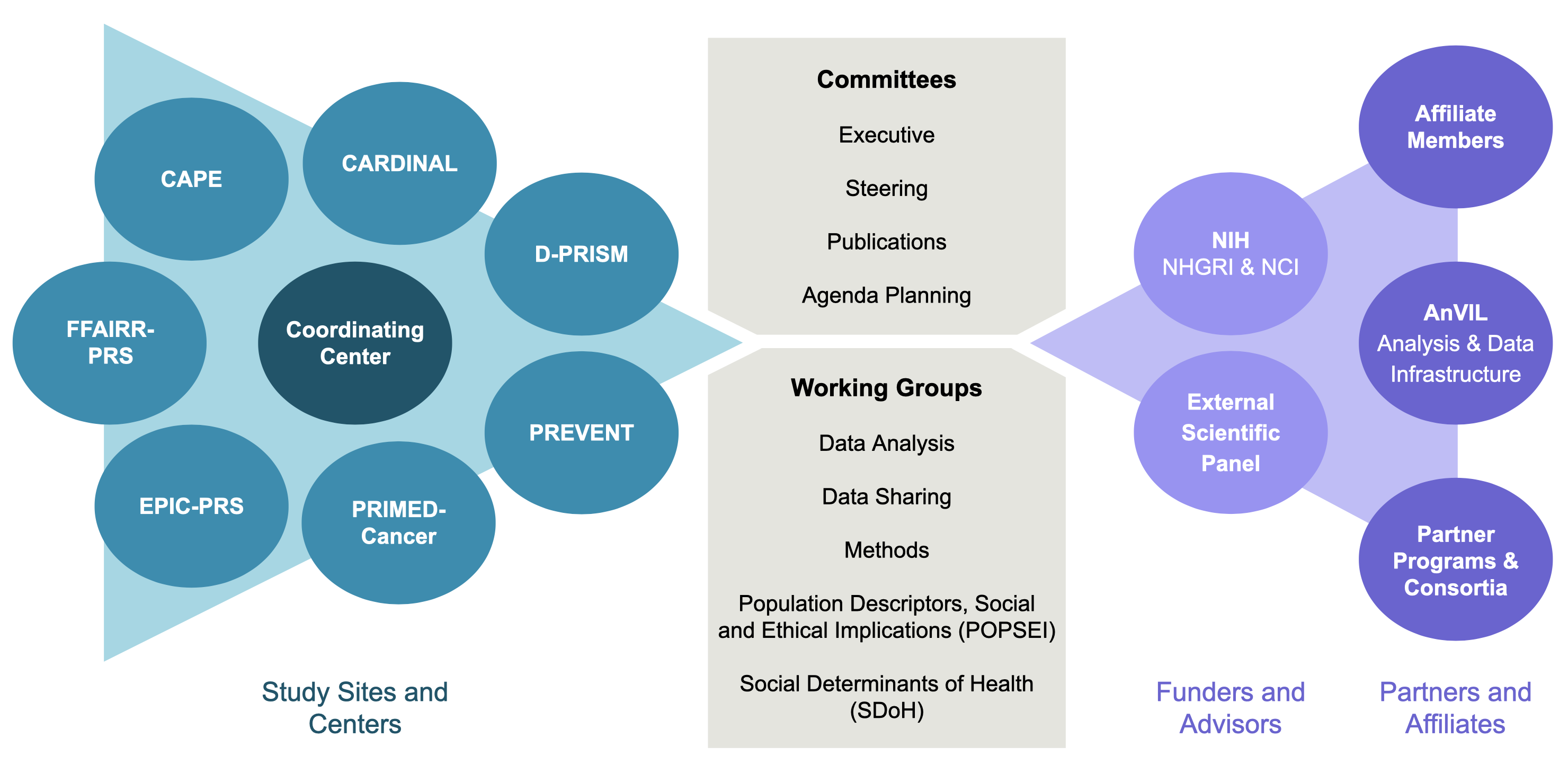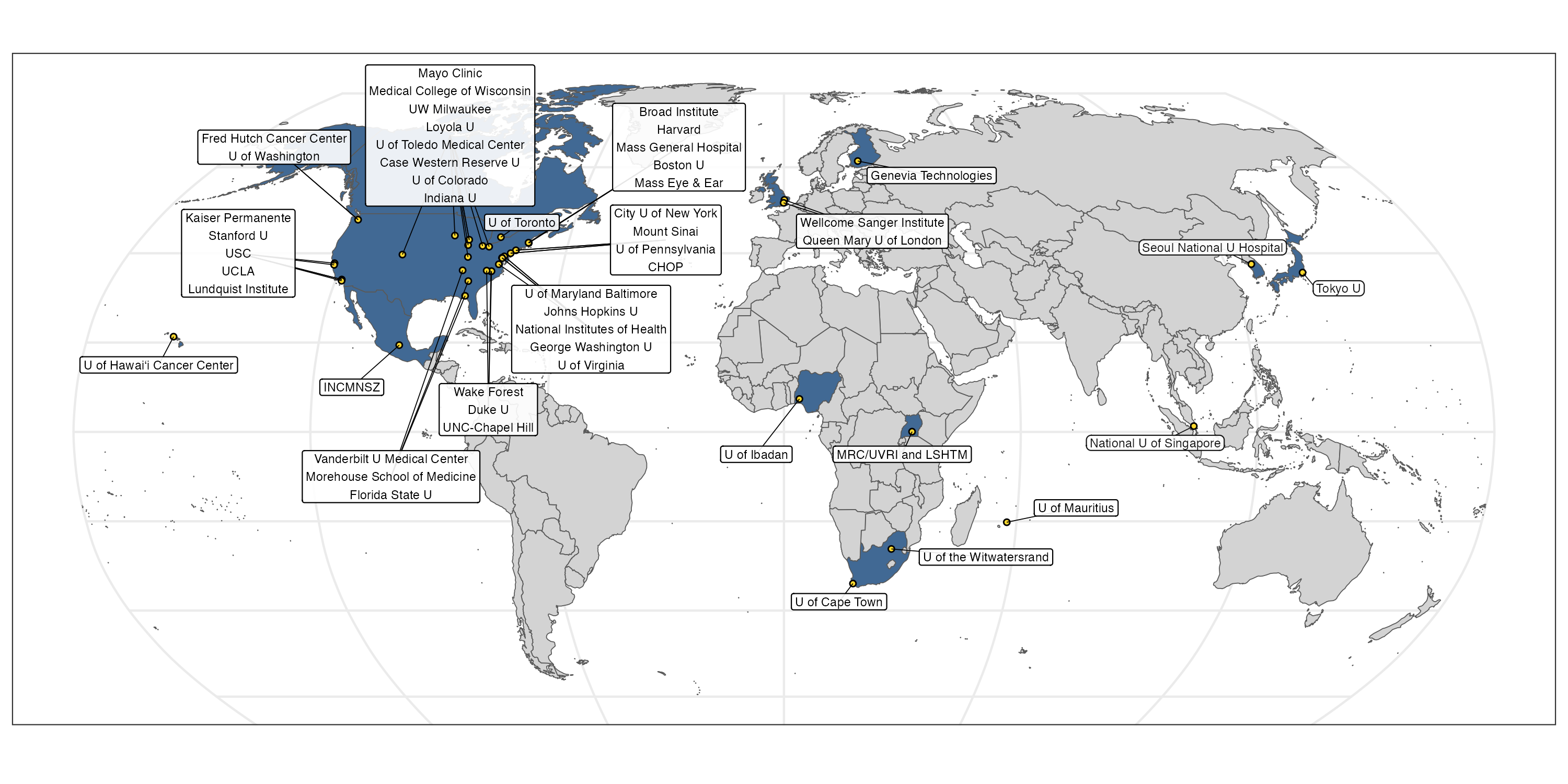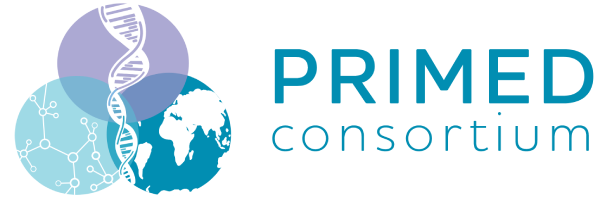What
The NIH-funded Polygenic Risk Methods Development (PRIMED) Consortium is developing and evaluating methods to improve the use of polygenic risk scores (PRS) to predict disease and health outcomes in diverse ancestry populations.
The PRIMED Consortium has the following goals:
1. Gather Diverse Datasets
Bring together large datasets with genomic and health measures from diverse ancestry populations
2. Develop New Methods
Develop new methods to improve genetic risk prediction across diverse populations for a broad range of health and disease outcomes
3. Enable Collaboration
Enable collaborative analysis by sharing PRS-related data, software, and other resources with the scientific community
4. Improve Health
Leverage existing precision medicine partner programs to develop, test, and refine PRS in diverse populations to improve health outcomes
Why diverse populations?
To date, most genome-wide association studies (GWAS) have been performed in European ancestry populations (Popejoy & Fullerton 2016 PMC5089703, Hindorff et al. 2018 PMC6532668). This has led to only partial understanding of the health effects of the full spectrum of genetic variation and may further exacerbate health and health care disparities (Martin et al. 2019 PMC6563838) experienced by racial and ethnic groups already underrepresented in biomedical research. The PRIMED Consortium puts diversity first in assembling and analyzing datasets, with focus on populations from around the world, in an effort to help predict and prevent disease equitably across global populations. See Data Overview for more information on participant diversity.
How
Consortium investigators are pooling genomic and phenotypic information from existing and new datasets on the NHGRI Analysis Visualization and Informatics Lab-space (AnVIL) platform to develop and evaluate the methods used for calculating PRS for specific diseases, with an emphasis on studying people from diverse ancestries. The researchers will also identify best practices to improve the use of scores across diverse populations. More information is available under Data Overview.
Who
The Consortium has seven Study Sites, a Coordinating Center, NIH program staff, and Affiliate Members.

Investigators and collaborators span dozens of institutions and countries (see map below). More information is available under Sites & Centers.

